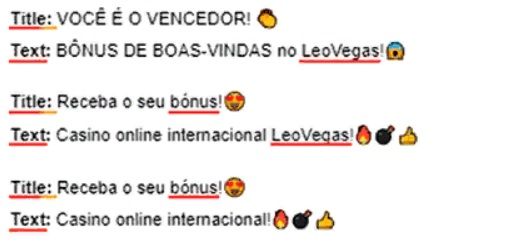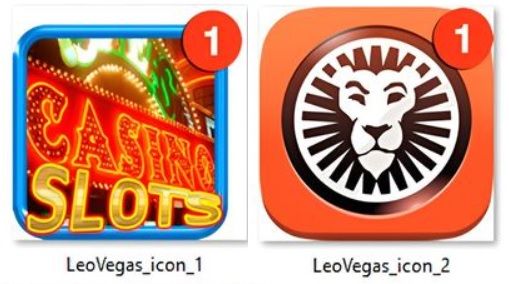
Push notifications offer a cost-effective and easy-to-set-up alternative to social media traffic, making them a popular choice for those on a budget or diving into affiliate marketing. The moderation process in push networks is generally lenient; many networks allow you to advertise offers in grayhat verticals, such as gambling, betting, nutra, and adult content.
Working with push notifications is seen as a great option for testing, especially when starting with affiliate marketing, or for those who prefer not to allocate a huge advertising budget. However, working it comes with its own set of challenges that require effective solutions. Let's explore the top 6 problems encountered in push advertising and how to tackle them.
If you find yourself in this situation, consider the following:


If these measures don't resolve the issue, seek advice from your advertising network manager. Push advertising networks like MyBid provide assistance in analyzing settings and offering valuable recommendations for your push campaign.
When you're running ads, it's super important to know where your website visitors are coming from. Keep an eye on how many people click on your ads, how many actually buy something (conversions), and the ratio between the two. One problem is when a source doesn't bring in any clicks or sales. But there's another sneaky issue: lots of clicks but hardly any sales. In those cases, you gotta blacklist that source fast. This move helps you save a big chunk of your budget.

Bad sources can bring in low-quality traffic, messing with the reputation of the affiliate. No one wants to pay for traffic that doesn't make money. Some ad networks have lists of top-notch sources for different types of ads (white lists). You can get these lists from your manager. At MyBid, we've got our own go-to sites that give us awesome traffic, making up 90% of what we get.
Typically, most push networks review and approve ads within a few minutes. However, there are instances where ad creatives don't pass moderation. Some networks may provide reasons for rejection, while others don't. If your ad creative gets rejected without a reported reason, you should check the following points:
When dealing with offers that advertisers are willing to promote across various geos, it's a mistake to simply put your ad creatives in a single campaign targeting all those geos at once. Each country might have different preferences – mobile traffic might be more popular in one, desktop in another; Android users might dominate in one country, while iOS is more prevalent in another, and so on.

To address this, it's important to segment the audience by creating separate campaigns targeting each geo. The more precise this segmentation is, the easier it becomes to analyze and optimize the performance. You can always reach out to your account manager if you need more help choosing the right settings and targeting options for each segment. In MyBid the manager helps analyze the offer, geo, and suggests the most suitable solutions.
One reason why people waste their ad budgets while working with push notifications is due to mishandling the scheduling aspect. In initial tests, it's fine to have a broad time range or consistently display ads. However, after analyzing the results, it's important to consider time zones and the typical behavior of the main active audience.
For instance, when people are asleep at night and receive a morning push notification, they're less likely to pay attention because their minds are preoccupied with other matters. On the contrary, in the evening, people are more relaxed and open to new information, making them more interested in shopping and entertainment.
Using contextual marketing techniques can be important at such moments. For example, a few days before an event or holiday, you can generate warm leads by using holiday-themed ad creatives with time-limited discounts, bonuses, or gifts. It's also important to test the "freshness" of subscribers. Typically, those who subscribed to push notifications 1-3 days ago tend to react and convert better than those who subscribed 7-14 days ago.
Ever had those moments where you're bombarded with the same push notification over and over again? It's a problem when whoever is in charge forgets or ignores how many notifications each person should get in a day. The sweet spot is usually 1 or 2 pushes per person. If you're getting more than that and still not clicking on anything, chances are you won't bother even after seeing it 3, 5, 10, or 20 times. That's not good because whoever's paying for those notifications is wasting their money.
Sometimes, push notifications have mistakes, or they're just not interesting anymore. Maybe they're using the same old phrases everyone else is using. When this happens, the ad campaign doesn't work, and the money set aside for it just goes down the drain.
Here are some tips for making better push notifications:
Make the benefits clear: Tell people straight up how your offer is going to make their life better. If your push notification doesn't make it clear why it's a good thing, people will probably ignore it.

Example: A push notification explaining that to see private photos, you just need to sign up on the site.
When you start using push advertising, you might encounter some issues, but the good news is that these problems can always be resolved. The key is to be vigilant and address them promptly. Keep a close eye on your website traffic, analyze its performance regularly, and stay in touch with your personal manager in the advertising network. Your manager can assist with settings and offer valuable recommendations to ensure your advertising campaign runs smoothly.